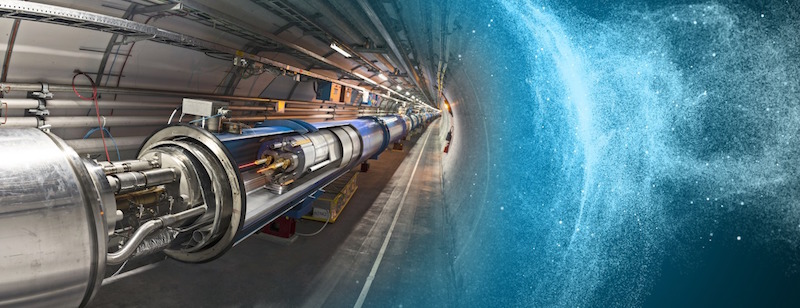WP1 - R&D&I at currently operating state-of-the-art accelerator facilities
WP1 - R&D&I at currently operating state-of-the-art accelerator facilities
WP1- Objectives
- Joint operation and research at selected American and Japanese accelerator facilities (ATF3, SuperKEKB, LCLS II, FACET II, FAST-IOTA, cERL, CBETA) to enrich and develop the knowhow and specialized expertise of European accelerator scientists (researchers and technical staff)
- Training of European doctoral students and postdocs in accelerator science and technology at currently operating stateof-the-art international accelerator facilities
- Pooling of resources and enhancing the networking and exchanges between the American, European and Japanese accelerator specialists in preparation for the design and operation of the next Higgs factory project
WP1 Tasks
Task 1.1 Future electron-positron linear collider studies: This task is mainly focused on the R&D objectives of the ATF3 linear collider test facility at KEK, to maximize the luminosity potential of the next generation linear-collider-based Higgs factories, ILC and CLIC, at the level of the final focus system (FFS) where the colliding beams are focused down to nanometre level sizes.
Task 1.2 Future electron-positron circular collider studies: SuperKEKB is a state-of-the-art facility operated at KEK which is particularly well suited to study some of the main issues and challenges for future circular colliders, especially the FCC-ee Higgs factory under consideration at CERN.
Task 1.3 Positron production for next generation electron-positron colliders: Highintensity positron sources are a key component of any e+e- collider, whether linear or circular. SuperKEKB offers unique opportunities for pursuing significant research on positron production at a currently operating state-of-the-art facility, including the injector linac. The focus will be on novel hybrid targets and capture systems such as SC solenoids. An innovative aspect is the prediction and control of the positron yield with advanced optimisation methods. SLAC also has a history of experience and expertise in designing and operating high-intensity positron sources, and is moreover nowadays much involved in novel laser- and beam-driven plasma accelerator concepts. FACET-II is the only facility providing high-energy positron beams for acceleration in plasmas, where advanced artificial intelligence (AI) based optimisation methods, e.g. to maximize the positron yield and control the plasma wakefield acceleration process, can be properly developed and assessed. In addition, polarized positrons are essential for linear colliders. The polarized positron facility at JLAB will be ideal to gain experience with a low-energy conventional yet highly efficient positron source based on Bremsstrahlung from polarized electrons with subsequent positron capture, focusing both on assessing the corresponding production issues and scaling to high energy.
Task 1.4 R&D on Energy Recovery Linacs: ERL technologies have been identified among the most promising alternatives to efficiently use the accelerated beams in future colliders, both linear and circular. Different ERL-based accelerators are now operating at JLAB, cERL in KEK and CBETA at Cornell University. Participating in the operation of these facilities will be a unique opportunity to assess the viability of this type of technology and consolidate the expertise of European staff.
Organisation
The work package leader is: Angeles Faus-Golfe


